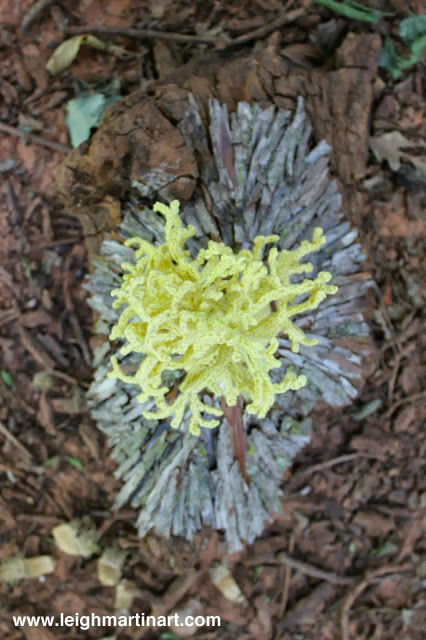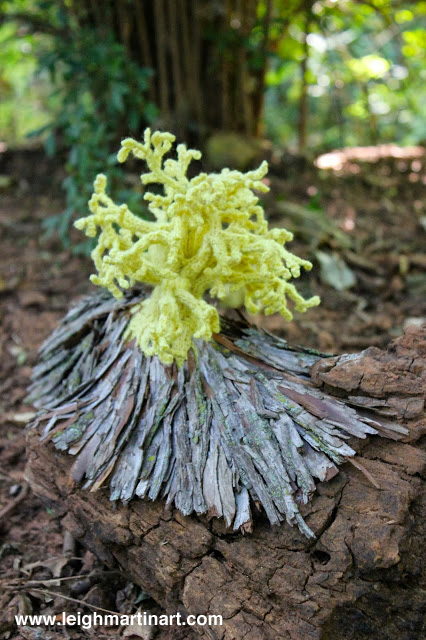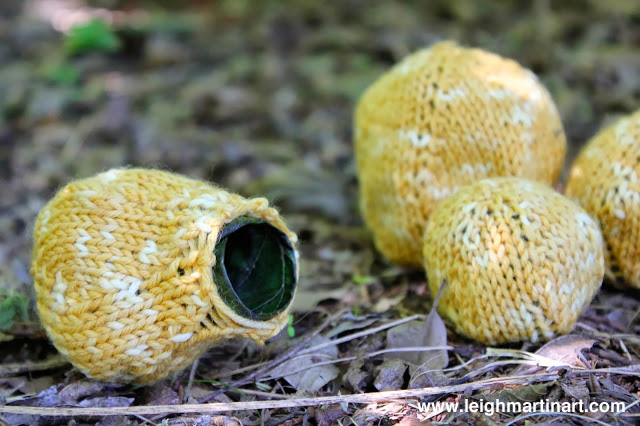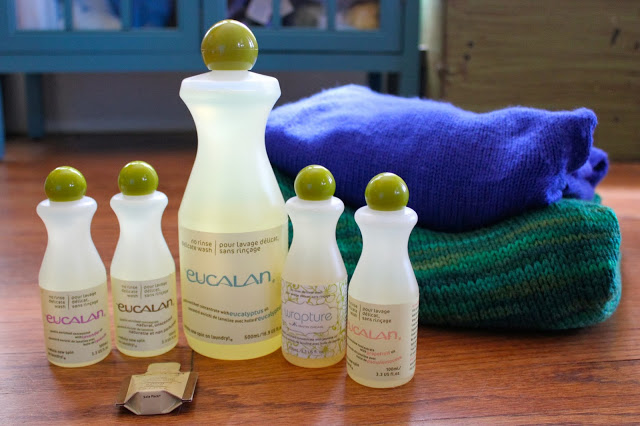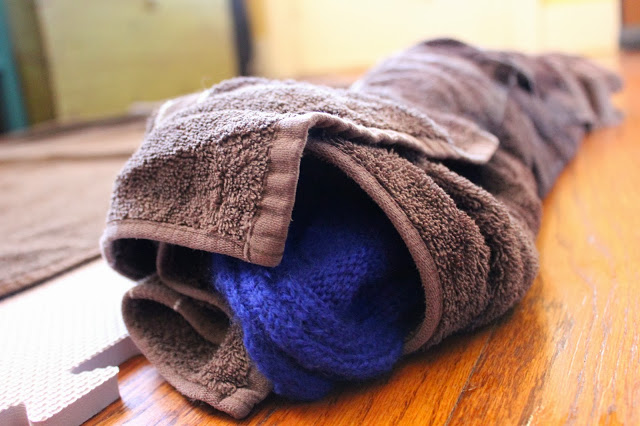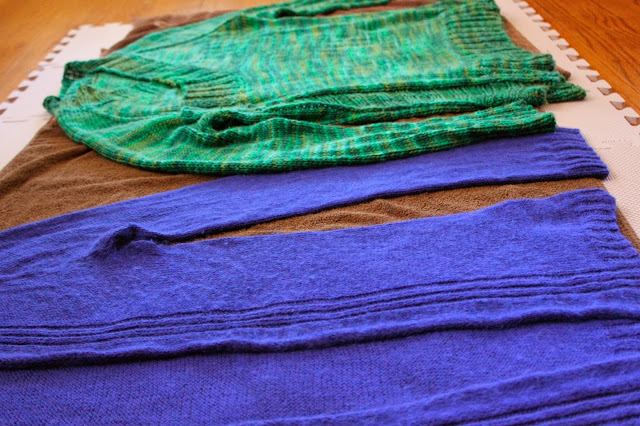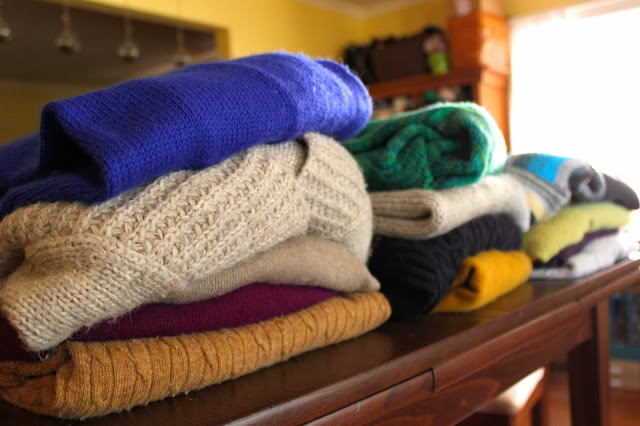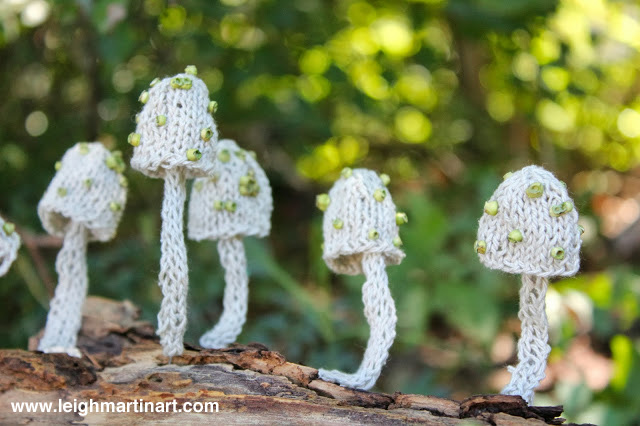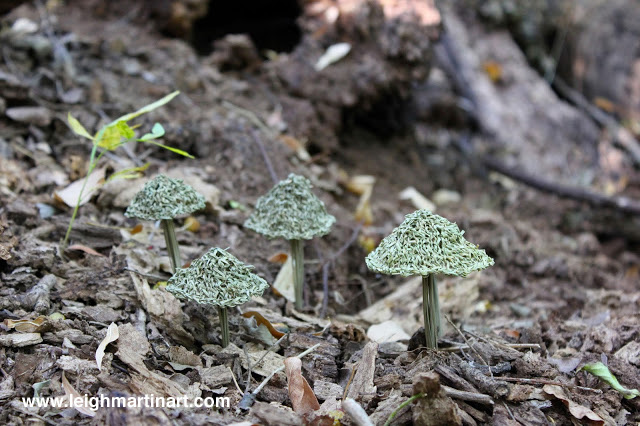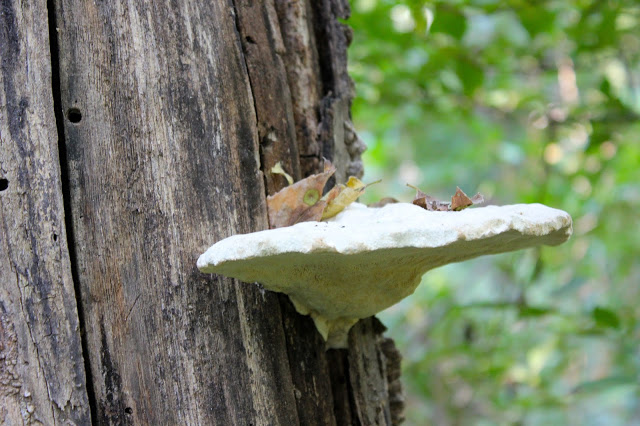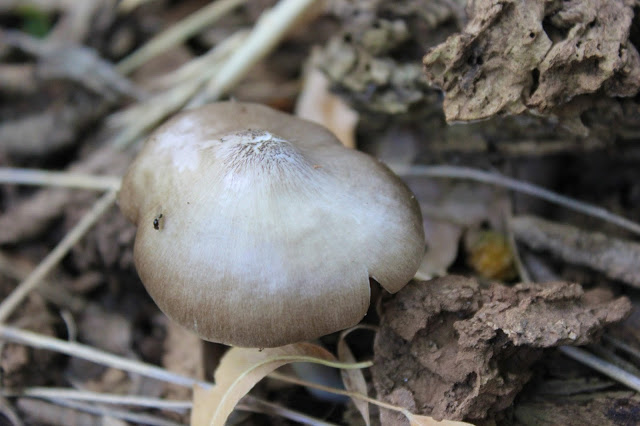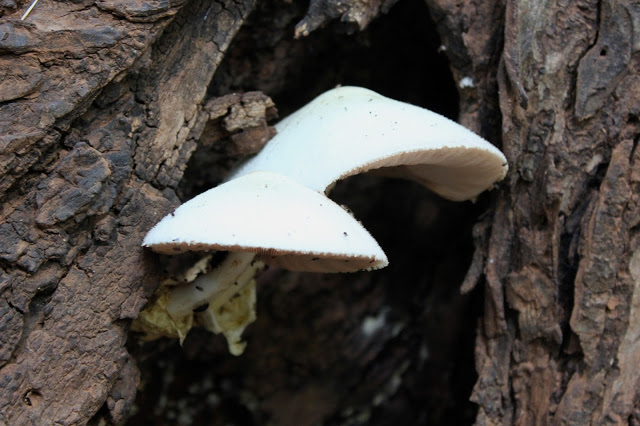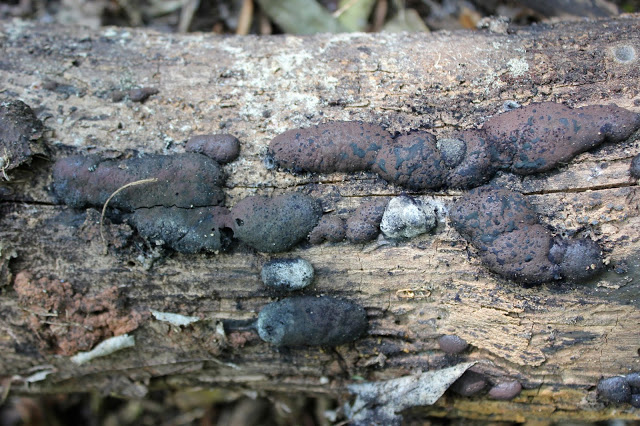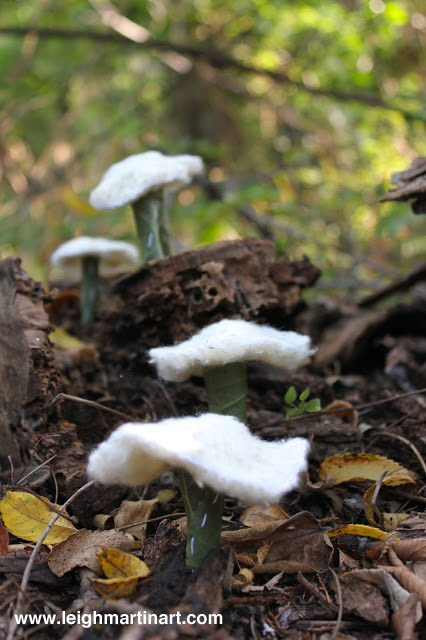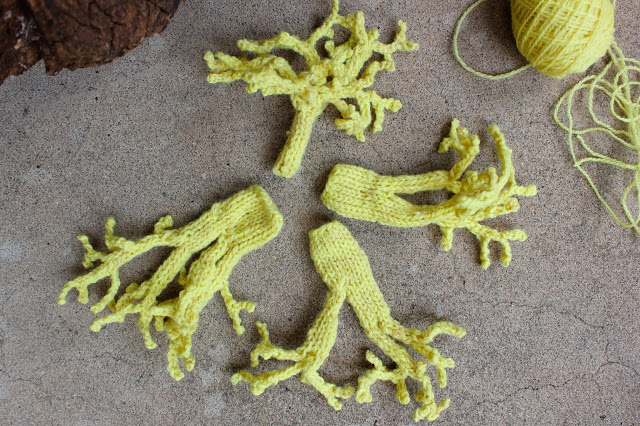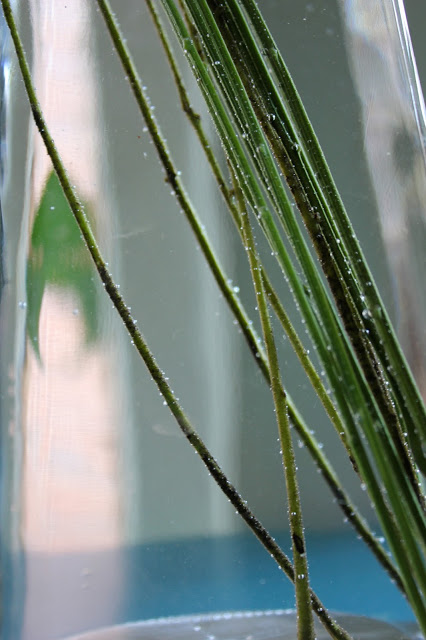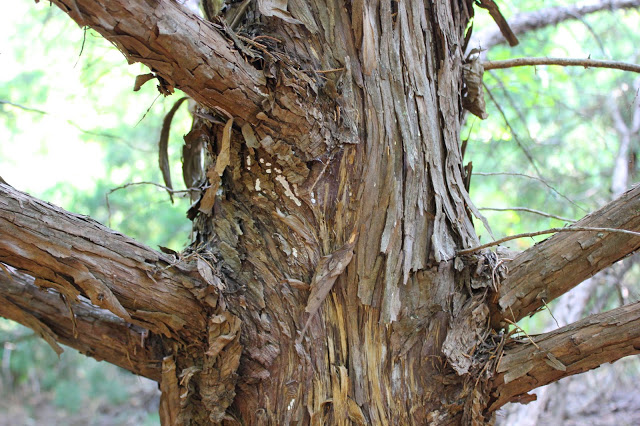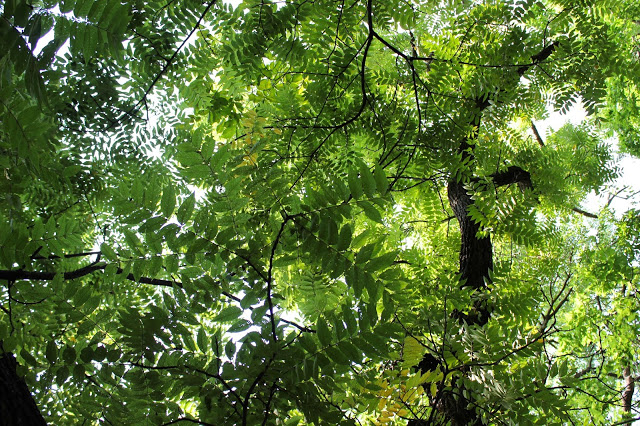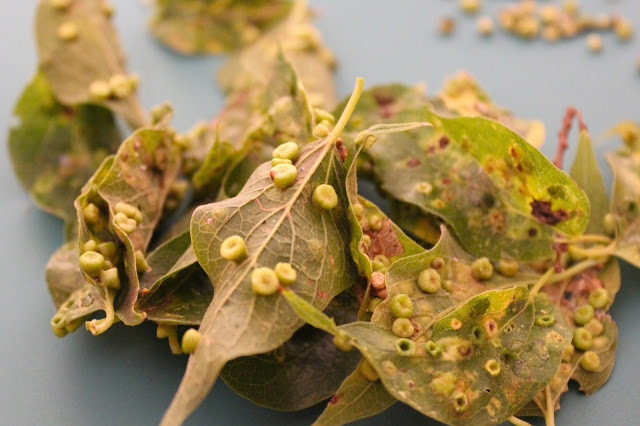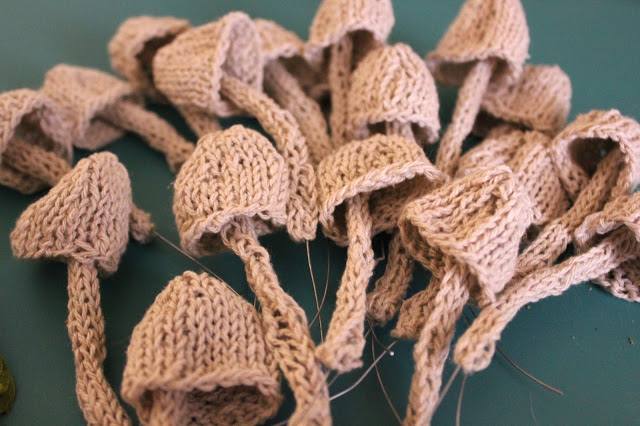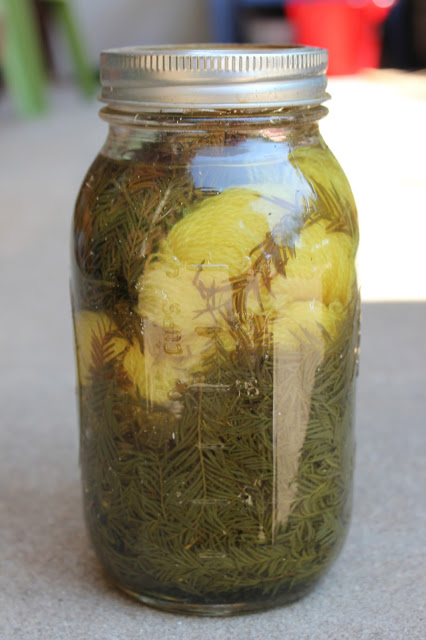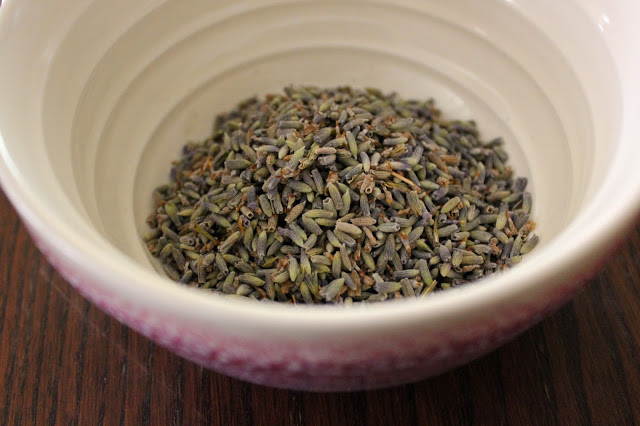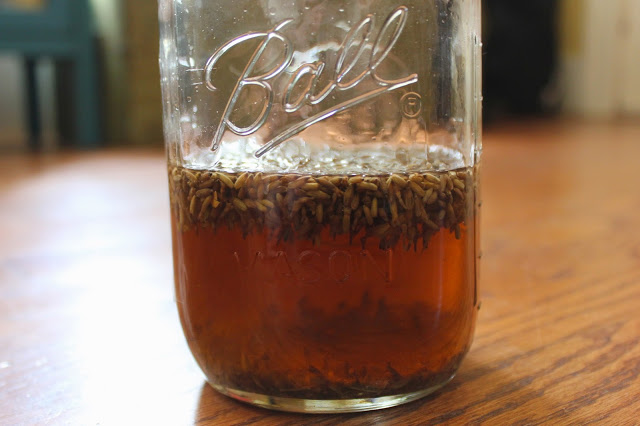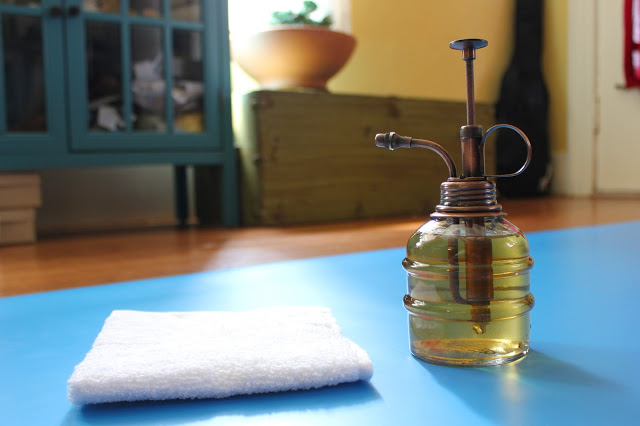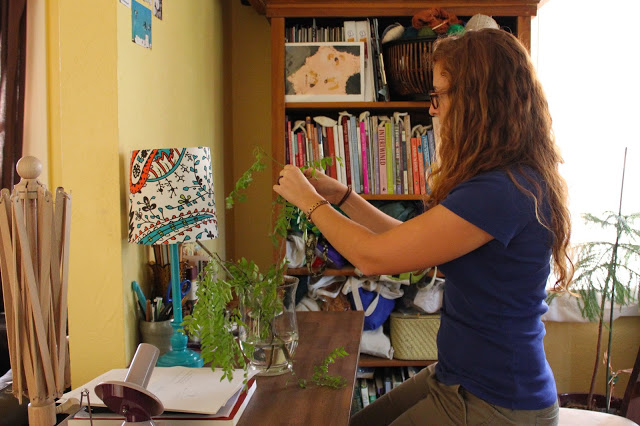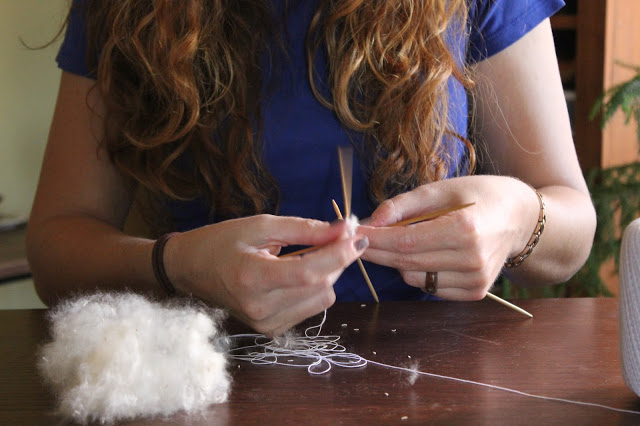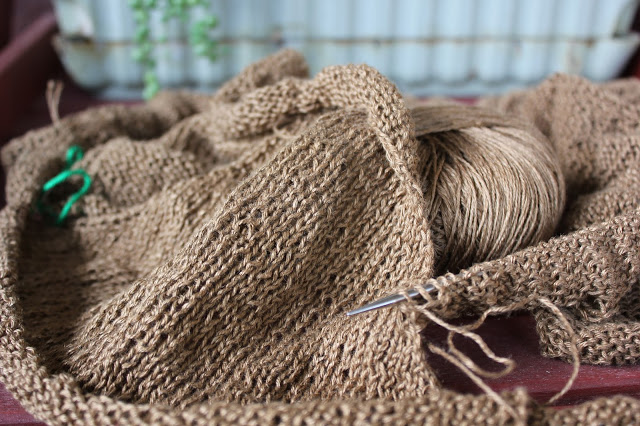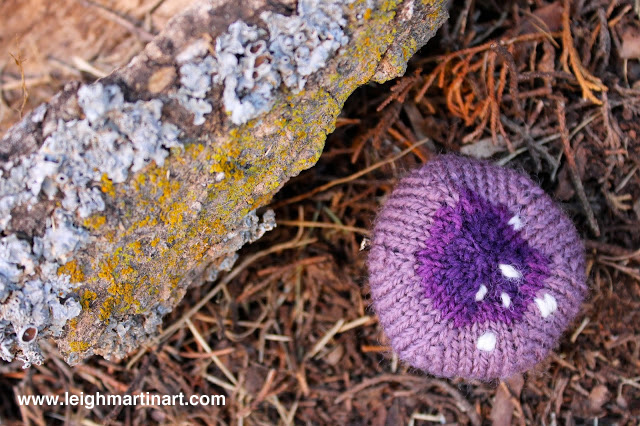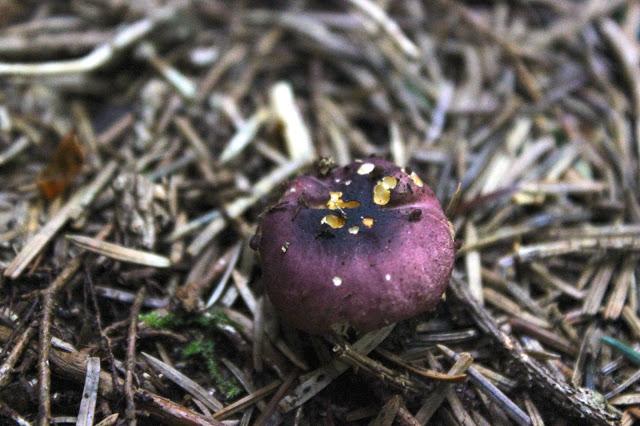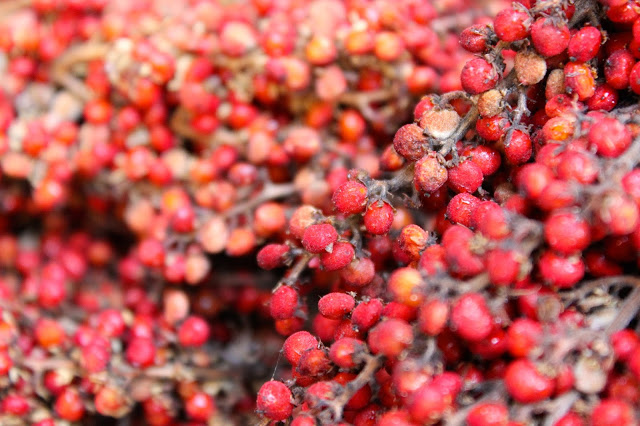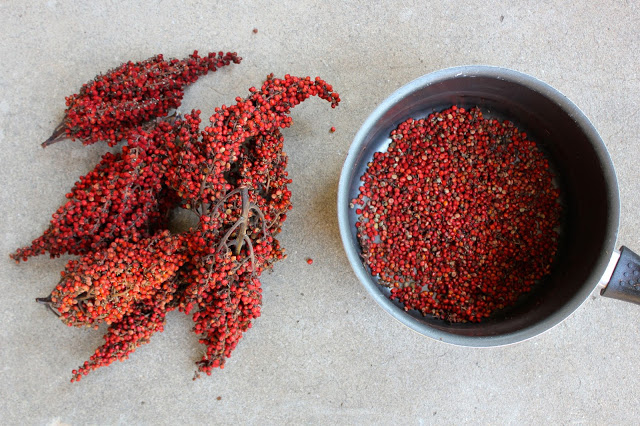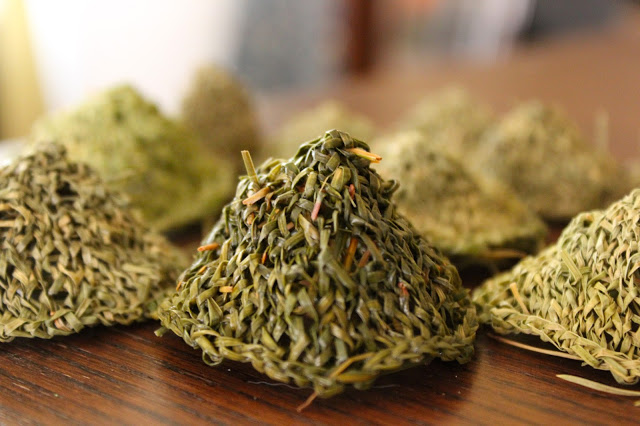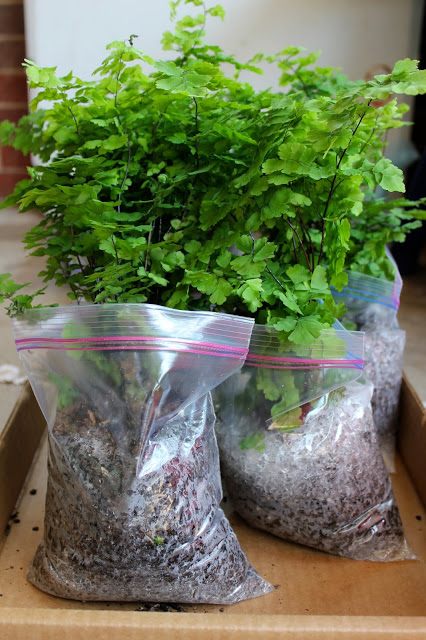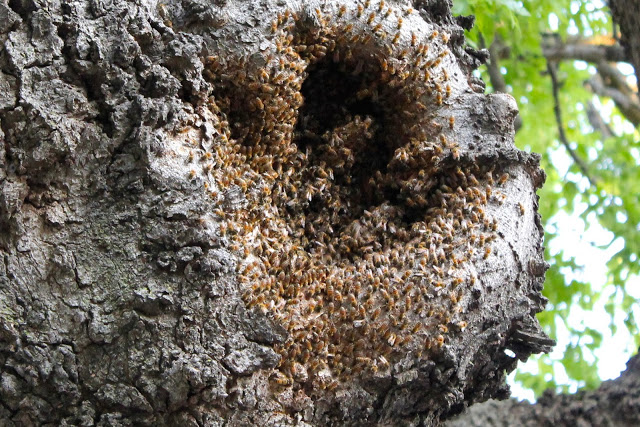Momentum Tulsa opens a week from tomorrow. I'm going to Tulsa this weekend to begin putting my installation together (the most exciting part!). Oklahoma Visual Arts Coalition and Invisible Arts put together this great preview video on the Spotlight artists for this year's Momentum Tulsa exhibition. It overviews my project, as well as the other two Spotlight Artists and the work they are creating for the show. After watching this, I'm even more excited about seeing their projects in completion than I was already! Check it out..
Saprobia || Juglans Nigra
Saprobia || Taxodium Distichum
Saprobia || Juniperus Virginiana
Saprobia || Maclura Pomifera
Cleaning Knits at Home Using Eucalan
It happened. We finally broke 90 degrees. I know Oklahoma's summer was particularly short this year (jump for joy), but to be honest, I LIVE for the milder seasons of fall and spring. Crisp evenings with a hint of chiminea smoke in the air? Of course! Long sleeves and scarves and pumpkin everything? I'll take it! One of my favorite parts about fall is the wardrobe changes and the shift from wearing as little as possible without looking indecent (ahem), to carefully selecting the layers - texture upon texture, solids with patterns - warm and cozy all the way.
In preparation for this exciting time of year, I recently brought out my sweaters to start getting them ready for wear. Woolens don't typically need as much cleaning as other types of garments, but they are also a little more finicky than your every day cotton top or pair of jeans. So for the most part, I err to my laundry motto: "When in doubt, DRY CLEAN". However, when one has as many sweaters as I do (which is a lot), this can quickly add up to a costly visit. Clearly, some alternatives are needed.
Love Knitting offered to send me some Eucalan to try out, which is a delicate, no rinse wool wash intended for cleaning a vast array of garments, but of most interest to me: knits! It's an eco-friendly product containing lanolin, which is a natural conditioner for wool that reduces static and makes the fibers softer. Eucalan comes in a variety of fragrances, including eucalyptus, lavender, grapefruit, natural scent, and Wrapture, which contains jasmine oil. (I'm refraining from jumping down the rabbit hole that is reminiscing about the intoxicating jasmine bush in my childhood back yard. Mmmmm). Once I received my package from Love Knitting, I set to work and washed literally every sweater that I own. Yes, every one.
For the garments that specified "hand wash" or "dry clean only", I soaked them in my kitchen sink after adding one tsp of Eucalan per gallon of cool water. Each sweater was washed separately unless I had another one of similar coloration. After soaking for about 15 minutes, the instructions direct you to squeeze the garments gently in the water in order to make sure the lanolin oils get to all of the fibers. Then drain the basin, squeeze out what water you can without wringing, and reshape and dry the garments flat. After I drained the water each time, I rolled the garment up in a towel and pressed on it lightly to soak up some of the excess water before laying out to dry.
I felt comfortable washing my less delicate sweaters in my front loading washing machine. To wash with Eucalan in this type of machine I added 2 tbsp to the fabric softener compartment and set the machine to rinse and spin only with cold water.
Both washing methods worked great for my garments. While a couple of the fragrances sound like they might be a little overbearing (i.e. grapefruit and eucalyptus), they are actually quite pleasant. Each scent lingers on the garments mildly, adding just enough aroma to be rendered enjoyable without even coming close to overdoing it. I noticed a stronger scent in the garments that I soaked in the basin than I did on the ones washed in the machine. Despite the faintness, I think they will be very soothing in wear. Overall, I loved the Wrapsody scent the most - very feminine and romantically perfumy without disappearing into old lady-ness or obnoxious odor.
One of the great things about the product is that since no rinsing is required, you run less of a risk of felting or agitating the fibers on your more delicate knits. In addition, I especially loved that the wash seemed to moisturize my hands instead of drying them out. One thing I used to hate about my barista days was the dry skin and split fingers from washing sinks full of mugs. Despite the constant rinsing of my hands during this process, it really felt like it was conditioning my skin in addition to my woolens... Win-win?
Overall, I'm excited about the quality of washing I observed from using Eucalan, the pleasant aromatherapy I will enjoy when donning my favorite cardigan next month (!), the lovely skin treatment my hands got out of the deal, and how much I am going to save on dry cleaning bills this winter (!!!). Now I just need to take a pill remover to these babies and they'll be good as new!
You can purchase Eucalan products from Love Knitting here.
Love Knitting provided the products for this review; however, the words and opinions are my own.
Saprobia || Celtis Occidentalis
Saprobia || Pinus taeda
Fungi For Your Viewing Pleasure
A forest "art supply" harvesting trip just isn't complete without some fungi photos, eh? The rain ended last month, but I was surprised to find so much growing this weekend. What do you guys think about the first one? Dead man's fingers?
Saprobia || Populus deltoides
Weekend Workspace || 9-15-13
Things are coming together on the Saprobia project. I was able to get some finalized photos of a couple of phases today, which I will share with you in the next week or so. Things have been a little silent around here simply because of the amount of time and energy going into this work. Less than a month to go...
Weekend Workspace || 9-8-13
The "Saprobia" project is coming along. I've had a few different phases going at the same time that I was able to wrap up this weekend... More on those soon. Some of the phases are comprised almost entirely from materials foraged from their respective tree, while others are more fiber based with limited foraged elements. I'm looking forward to the installation, and intermingling these unique phases of the work in the staged forest floor setting. Seeing the pieces come together is exciting, but the installation itself is by far the part that's most fun.
Saprobia || Gleditsia triacanthos
Infused Witch Hazel Yoga Mat Cleaner
Saprobia || Introduction Part 2
The words from the first part of my introduction to this project describe the biogeochemical cycles continuously occurring over time in natural ecosystems. Rarely do we think of a tree as a product of the growth and death of all other trees in that place before it... Perhaps as the offspring of another tree's seed, but rarely as an organism nourished by the same building blocks that it will one day again become... in order to support life going forward.
Saprobia communicates this idea through the representation of a tree as a decomposer organism that would contribute in returning it to the soil to continue the cycle. The project manifests as an installation of various forms of fungi, each constructed from components of a certain species of tree. These saprobic representations of a species connect the viewer's perception to the continuity of forest mineral cycling and the interconnectedness of all organisms in an ecosystem, past and present.
Saprobia poses the question of what is next for the elements that once comprised a plant. How will they contribute to other life going forward? How can so small a thing have such an impact? The balance and interaction within nature transforms into a muse for our rejuvenation and strength.
Photos: 1. dye jars with baldcypress leaves, eastern red cedar heart wood, and black walnut hulls 2. working with honeylocust leaves 3. knitting with seed of cottonwood
On My Needles || Brise
Once again, I'll talk a little bit about how much I love Hannah Fettig's patterns. Brise went on my queue as soon as the collection of Knitbot patterns for Quince and Co's new linen yarn, Sparrow, came out. Unfortunately, Sparrow sold out before I could get my hands on some (good for you, Quince/Knitbot!), and I didn't really want to wait until the warm weather left us to cast on such a perfect summer project that I can wear through the fall. Enter Louet Euroflax Sport. What better excuse did I need to let myself live a little and indulge in some of this luxurious linen? My colorway here is Ginger, and while I always question myself about knitting fingering weight cardigans (I mean, really?) I can't stay away. It's going slowly, but I love the yarn. It's a perfect project for finishing the evening on the couch after putting in a few hours on Saprobia. My love for Knitbot lives on, and my love for linen has just begun...
52 Forms of Fungi || #20
This structure was knitted as part of my 52 Forms of Fungi project, through which I will knit a different type of fungi for every week of 2013. Check out more of the forms from this project.
Solar Dyeing || #3


